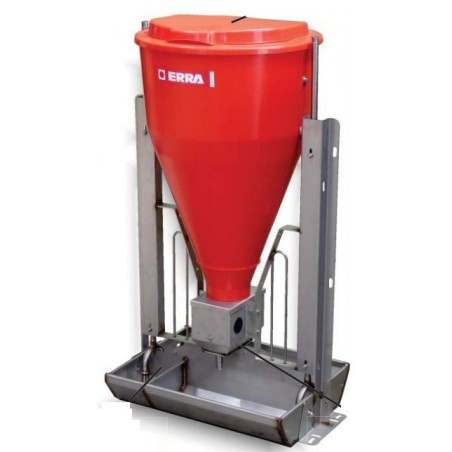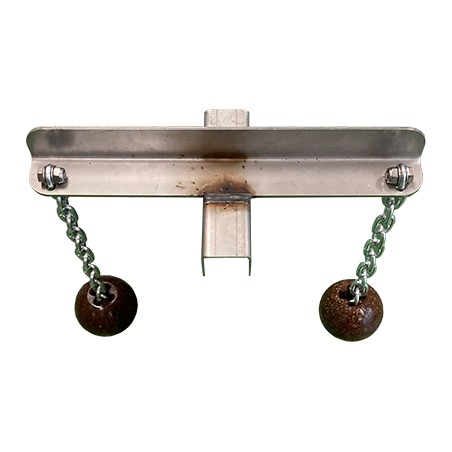The effects of increasing weaning age in a commercial production system on nursery and finishing performance were evaluated. A total of 1,176 pigs (PIC 337 × Camborough) were used in a 136-d growth trial with 14 and 10 replications/weaning age on the nursery and finishing phases, respectively. Treatments included weaning litters at 19, 22, 25, or 28 d of age.
In the nursery, as weaning age increased, initial (5.04, 5.70, 6.52, and 7.26 kg) and final body weight (BW) (18.2, 19.8, 23.0, and 25.1 kg) increased. Increasing the weaning age reduced the prevalence of pigs exhibiting belly nosing (27.6%, 15.0%, 6.5%, and 1.4%) during the first 3 wk. The percentage of pigs losing weight during the first week after weaning (35.1%, 28.7%, 12.4%, and 9.2%) decreased as weaning age increased. Average daily gain (ADG; 295, 320, 374, 406 g/d) and average daily feed intake (493, 534, 619, 661 g/d) increased, while feed efficiency (G:F) (596, 599, 604, and 615) tended to increase with weaning age. Removal rate (8.01%, 3.79%, 2.29%, and 1.65%) declined as weaning age increased, while there was no evidence of difference in mortality rate (0.71%, 0.36%, 0.96%, 1.04%). In the finishing period, BW at 136 d post-weaning (114.9, 117.8, 124.7, and 126.5 kg) and ADG (1.02, 1.04, 1.08, and 1.07 kg/d) improved. There was no evidence of differences in removal (1.5%, 2.4%, 1.0%, and 0.0%) or mortality rates (0.9%, 1.0%, 1.0%, and 1.4%) with changes in weaning age. When performance was analyzed at a common day of life (164 d of age), no effects of weaning age were found for BW (125.2, 124.4, 128.0, and 126.5 kg) and lifetime ADG (growth rate from birth to market) (754, 751, 774, and 762 g/d). The BW sold per pig weaned increased with weaning age. Even though the slope indicated a linear response, the magnitude of improvement was high until 25 d, before exhibiting diminishing returns from 25 to 28 d.

Thus, the study suggests that increasing the weaning age can be an effective strategy to improve the overall performance in a commercial system. Although lifetime performance was not affected by the weaning age range studied, the consistent effect in the nursery and the increment in the number of pigs reaching the market facilitated by the improvement in the removal rate in the nursery phase imply that 25 d is the optimal weaning age.
Faccin JEG, Laskoski F, Hernig LF, Kummer R, Lima GFR, Orlando UAD, Gonçalves MAD, Mellagi APG, Ulguim RR, Bortolozzo FP. Impact of increasing weaning age on pig performance and belly nosing prevalence in a commercial multisite production system. Journal of Animal Science. 2020; 98(4): skaa031. https://doi.org/10.1093/jas/skaa031





